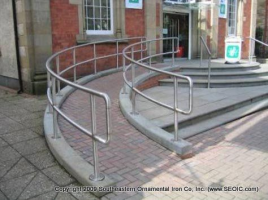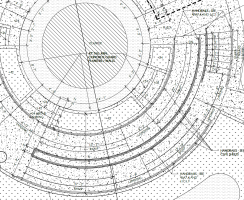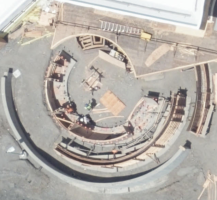Allis Chalmers
REGISTERED
I do not see where the ICC117 requires a landing at a minor deflection (not greater than 45 degrees) in a ramp alignment, but can think that it might have something hidden in there.
Does anyone know of that? If it was curve formed alignment, then a landing is not specifically required. Obviously 90 degrees is covered.
Thank you.
Does anyone know of that? If it was curve formed alignment, then a landing is not specifically required. Obviously 90 degrees is covered.
Thank you.






